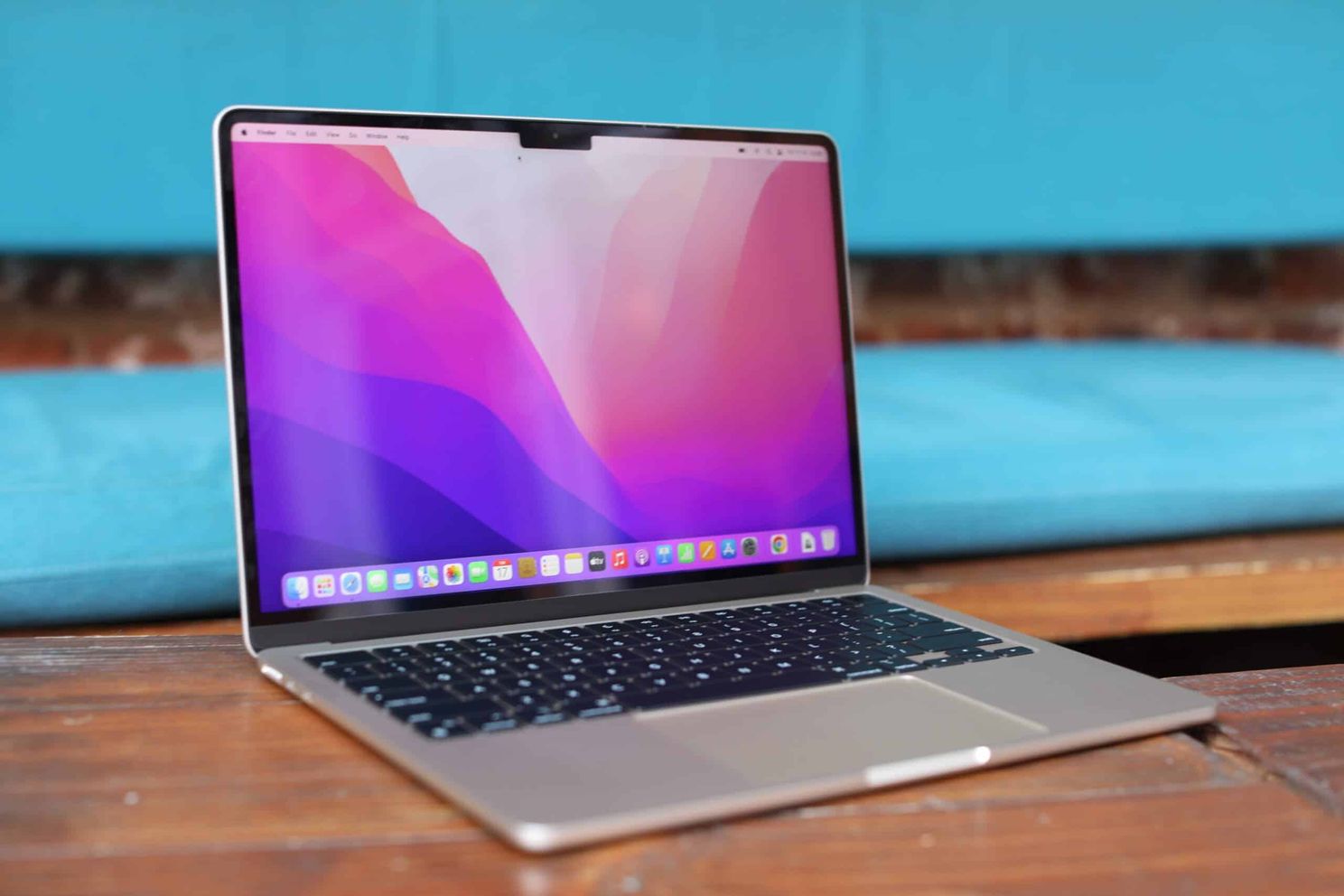The Cupertino company is reportedly aiming to integrate an Ultra chip, the top of its Apple Silicon SoCs, into its MacBook Pro, according to a leaker whose source's credibility has already been established. In other words, a laptop with a sizable, powerful chip.
A statement that almost explodes. The tweet from Appleakation has struck once more. The leaker, who has previously been correct about Apple's efforts in the chip industry, tweeted recently that "Apple is planning an Ultra processor in a future MacBook Pro".
Apple M2 Ultra SoC for the next MacBook

It may be required to make two clarifications in order to grasp this announcement's improbability in its whole. The first thing to note is that the initial generation of M1 Pro and M1 Max were satisfied with the 14- and 16-inch MacBook Pros. Which have Apple Silicon CPUs. For the M1 Pro and M1 Max, SoCs that include between 10 CPU cores (with a minimum of 8 cores for the M1 Pro) and between 14 or 16 and 24 or 32 GPU cores. Unlike the M1 Max, which supports up to 64 GB of unified memory. The M1 Pros are only capable of 32 GB. The M1 Max is obviously a beast with its 57 billion transistors carved in 5 nm.
Next, let's clarify that the M1 Ultra available only in Mac Studios , cooled by a large slow fan, is in fact two paired M1 Max, merged into one. It is therefore logical that we find 20 CPU cores, 48 GPU cores or 64, if 48 does not seem sufficient to you. According to this same doubling logic, it is able to manage twice as much RAM, with a maximum of 128 GB.
Therefore, Apple might think about putting this kind of chip inside a MacBook Pro. Of course, there are some queries. The first is straightforward: how would Apple fit such a large CPU into a notebook with such small dimensions? Even though it is quite likely that Appleakation is referring to an M2 Ultra, we are unaware of its specifications.
However, to gain a general concept, we may still go to those of the M1 Ultra. We're discussing a chip with a surface area of about 840 mm2. So that everything fits, including the cooling system, Apple engineers will have to completely redesign the architecture of the internal components. Which brings us right to the following point.
The amount of energy used and the amount of heat produced is the following query. In a somewhat sizable case like the Mac Studio, the M1 Ultra is cozy. It must be acknowledged that its thermal envelope is (nearly) absurd at 60 W. And when pushed to the limit, is between 90 and 100 W. But how should one think about the fact that, if installed there for that purpose. It cannot permanently ventilate the MacBook Pro?
Once more, the answer might be in the number 3 nm. This is the level of production that TSMC has recently attained in its most cutting-edge chip plants. On December 28, hostilities were formally launched amid much fanfare. Given that Apple was among the first to acquire 5 nm or 7 nm technology, And is a special partner of the Taiwanese founder. It is obvious that it will have rapid access to this technology.
However, TSMC reports a 35% reduction in power usage between the same chip carved in 5 and 3 nm. Or, to put it another way, a large decrease in the heat generated, to the point that an M2 Ultra could be placed inside a laptop without running the danger of it exploding? Maybe.
Apple M Ultra chips

But there is still another chance. In addition to the fact that Appleakation cannot promise that this product will launch, it just made another announcement. Still using Twitter, he tweeted on December 9 that Apple would release its third generation of Apple Silicon processors for Macs in the second half of 2023. The second generation, the M2, was available since the month of June 2022.
The Cupertino firm may keep on with its release timetable and launch a new generation of chips while we wait for the M2 Pro and M2 Max in the MacBook Pro, in potential iMacs and Mac minis, and in the Mac Studio. Therefore, it is conceivable that the advancements made and the switch to 3 nm could enable the integration of an M3 Ultra into a MacBook Pro.
It goes without saying that this is still only a guess. For us to talk about the norm and believe that Apple could not integrate these most potent SoC models into tiny Macs, the switch to Apple Silicon processors is still too recent. Similar to the Californian giant, the M3 might launch without waiting for the M2 generation to integrate specific machines. Several rumors, particularly those relating to iMacs, claim that Tim Cook's teams took this into consideration.
Technically speaking, it appears plausible for a M2 or M3 Ultra to appear in a MacBook Pro. Do we want it? Yes, of course, how could you possibly refuse such an onslaught of power? In the end, perhaps the only thing to consider is the choice's economic significance. Before the holidays, Mark Gurman claimed that Apple had given up on the plan to combine two M2 Ultra to create an M2 Extreme due to cost concerns.
This configuration's price tag might increase, which begs the question of who would be the target market for one. Even if we believe that many scientists or editors for whom quick 3D rendering is essential would be rubbing their hands at the thought of having Mac Studio's capabilities in a laptop.






Place comments
0 Comments
You are currently seeing only the comments you are notified about, if you want to see all comments from this post, click the button below.
Show all comments